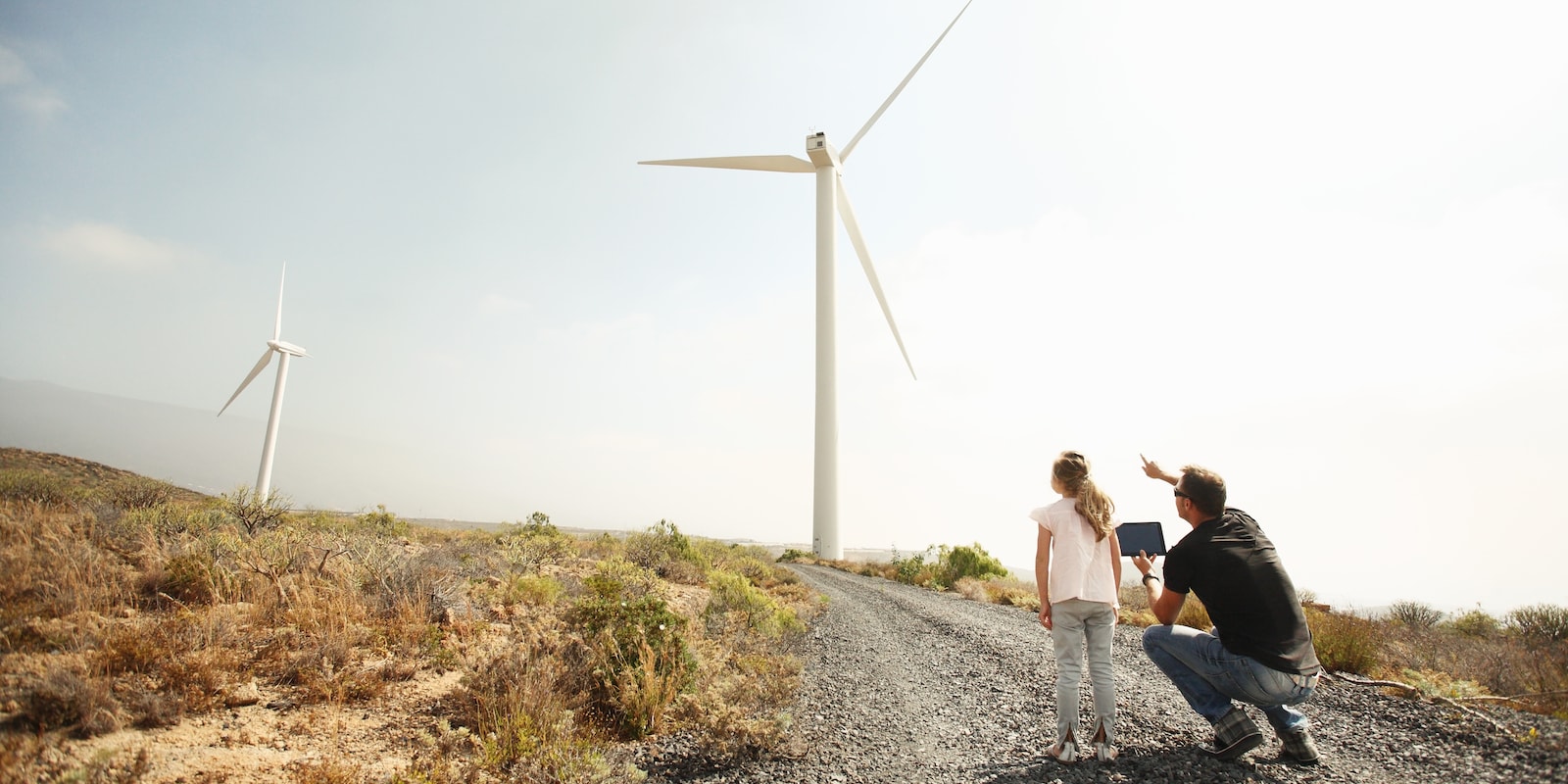Tuesday, September 27, 2022
How to encourage greater female participation in a traditionally male sector is one of the industry's challenges. But what is the correct way to go about it? Does the industry need to evolve? Or is it, instead, women who should take this step?
By Eva López
Traditionally, the energy sector has been male-dominated for two fundamental reasons: training and the nature of the work. The majority of professionals come from technical careers, mainly engineers, whose percentage of women has been lower than that of men, and continues to be so. In addition, their activity has been developed in environments that are often located in remote areas (refineries, power plants, transportation networks, logistics centers, oil fields, etc.) and require physical presence or traveling, making it difficult to maintain a good work-life balance.
Since it has been shown that there is a direct correlation between diversity (not only of gender) and a greater probability of success and profitability of organizations, we seek to reverse this trend and encourage greater participation of women. But how to do it? Is it up to the industry to move forward? Or is it, instead, women who must take that step?
"What can't be measured, can't be improved.”
No, this phrase is not the motto of the latest trendy strategic consulting firm; it was uttered by Lord Kelvin (among the more technically gifted, known for determining the Absolute Zero of temperature) last century. And it is true: in a world where wars are waged by tweet, it is essential to look for the truth in the data beyond the gratuitous claims that "there are no women in the energy sector." However, what do the figures tell us about female participation in the sector? How is it evolving and where does Spain stand compared to other countries?
Globally, the Women in Energy Index, published in 2019 by EY, tracked the evolution of women in the sector from 2014 to 2019. At the end of the period, female directors accounted for 17%, while in senior management this percentage dropped to 15%.

In Spain, the “Observatory on the Role of Women in Energy Sector Companies,” carried out by AEMENER (Spanish Association of Women for Energy), has analyzed the evolution of women in the sector from different parameters. Thus, the female presence in 2020 was 29.4%, having increased by 2% annually since 2010. This number is more representative in technical and administrative positions (33.7%), as well as in middle management (33.4%). This is not the case in the operator positions (19.3%), where they reflect a lower share. With respect to senior management, although the percentage in 2020 was a meager 25.2%, the good news is that in a decade the increase has been 45%.
Other data provided by the study is the difference in the representation of women by type of company: women have a higher participation in small companies (46.7% in companies with less than 20 employees, compared to 29.6% in companies with more than 1,000 employees) and in public companies (38.1%) compared to those with private capital (29.0%). The reasons for these differences lie in the fact that small organizations have a greater focus on services and that public procurement processes are based on competition and meritocracy.
Beyond the data, there are normative references or institutional initiatives that also promote the gender issue. For example, the UN, in its Sustainable Development Goals (SDGs) dedicates goal number 5 to Gender Equality and women's empowerment. It not only ensures the full and effective participation of women, as well as equal opportunities for leadership at all decision-making levels in political, economic and public life, but also approves and strengthens sound policies and applicable laws that promote it.
In Spain, the National Stock Market Commission (CNMV) drafted in 2015 the first version of the Good Governance Code for Listed Companies which, on a voluntary basis, recommended reaching 30% of female directors on boards of directors by 2020. In its 2020 revision, the code extends the target to 40% by 2022 and recommends the promotion of women to senior management to further this goal.
However, of the eight energy sector companies in the IBEX 35, only Red Eléctrica Española reached parity of female directors in 2020, while in the rest the female presence on the boards increased from 27.7% in 2018 to 32.0% in 2020. In the case of Cepsa, the number of women leaders currently exceeds 25%. While it is true that its commitment is to reach at least 30% by 2025.
In addition, Royal Decree 901/2020, of October 13, which regulates equality plans and their registration, has reinforced and standardized equality plans, as well as the reduction of gender-based pay differences (gender gap).
But, in addition to the institutional impulse, whether or not encouraged by regulation, individual women themselves, accompanied by many men, have taken a proactive step forward to promote diversity, creating associations and forums that promote the participation of talent in a gender-neutral way, fostering dialogue, exchange of experiences, sector forums and, in short, relationships in the professional context. Some of the names include the aforementioned AEMENER (Spanish Association of Women for Energy), WAS (Women Action Sustainability), Women in Nuclear, EJE&CON (Spanish Association of Executives and Directors), WomenCEO or WaWa (We Are We Add).
Energy transition and women
The energy transition, which is leading to a reality with lower greenhouse gas emissions (mainly CO2), entails a transformation that could, perhaps, favor diversity.
On the one hand, greater digitalization and automated operation of assets, as well as an orientation towards energy services, can broaden the spectrum of profiles attracted by the sector, favoring diversity (not only female). On the other hand, the reduction of emissions can eliminate certain stigmas that accompany our activity, which is perceived as polluting, and reveal the true nature of the sector as a driver of the economy and contributor to the development of the societies in which we operate.
But it goes further: energy efficiency and operational improvement involves actions at the point of consumption and means less dependence on remote energy sources. This reduces the need to travel or work in remote and isolated locations and, indirectly, favors family and professional reconciliation.
In short, the energy transition places us at a historic moment and presents us with exciting challenges for which we need, both globally and locally, a great deal of talent and passion, regardless of gender.
Eva López de Sebastián is Head of Corporate Risk at CEPSA and co-author of the chapter “Transformational Leadership: Driving Decarbonization in the Energy Sector,” in the book Women in Different Sectors of Activity in Spain (2022, Eunsa).¿Te ha parecido interesante?





